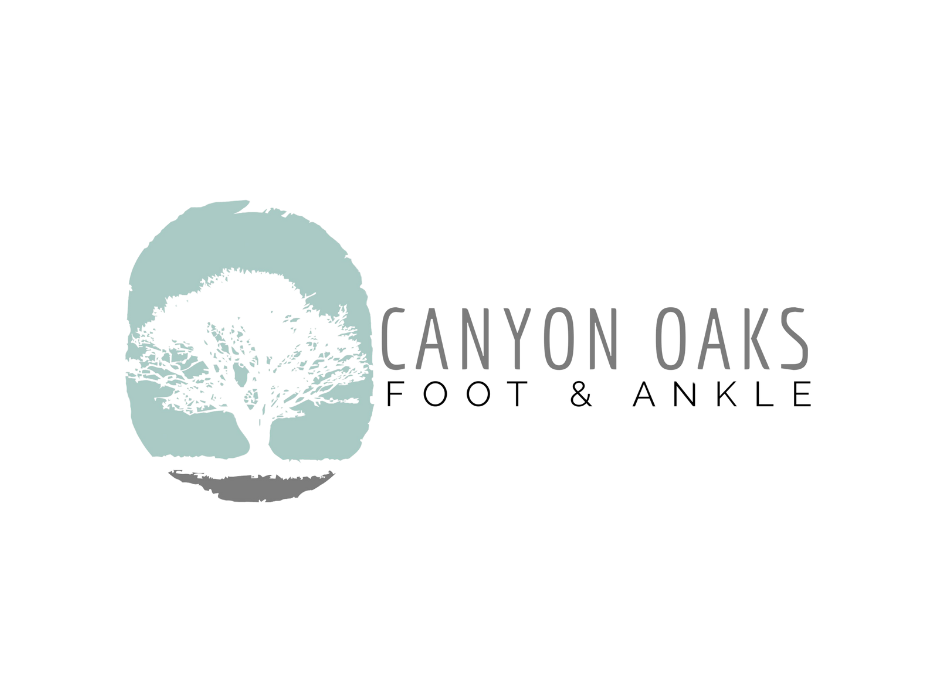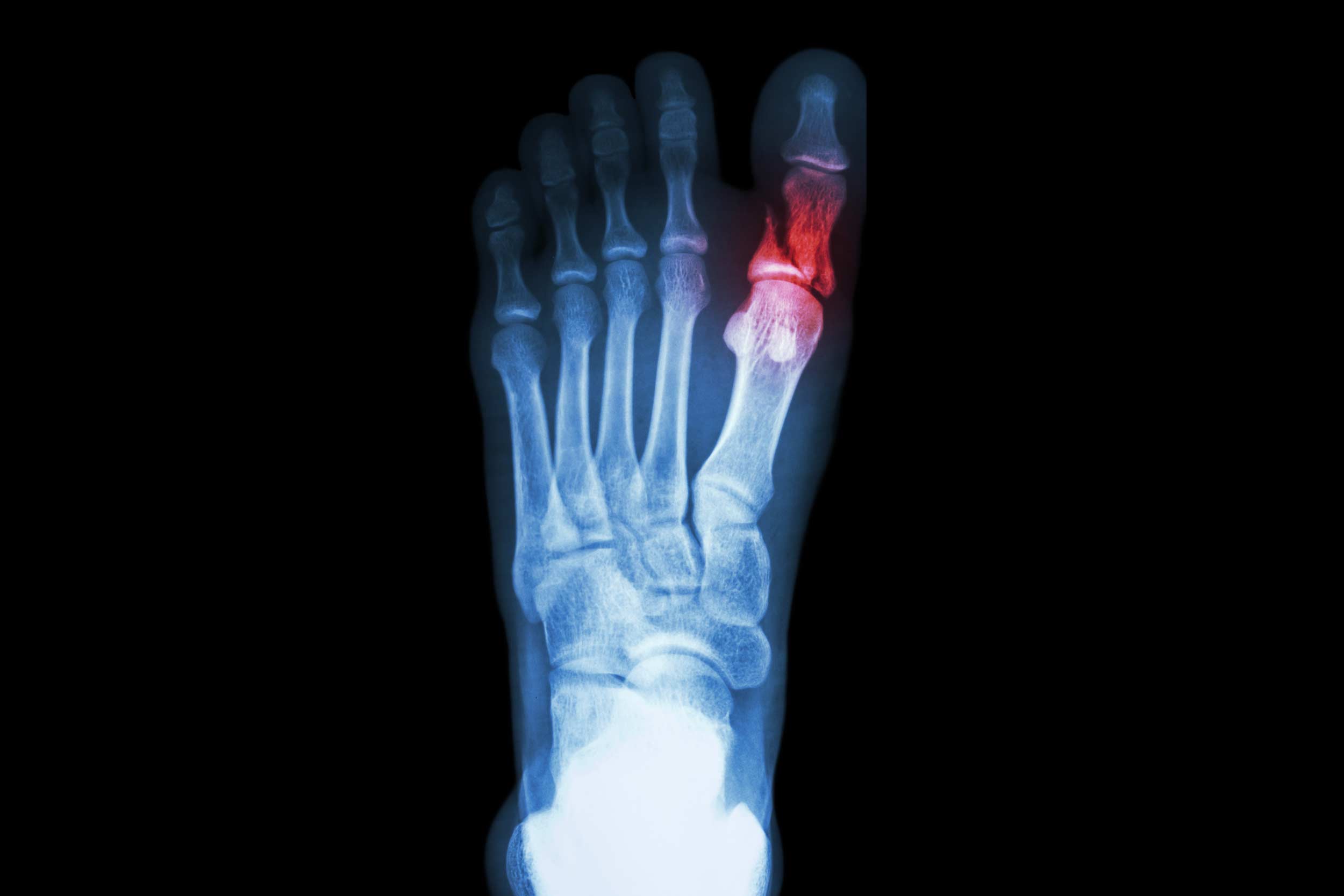You’ve likely stubbed your toe enough times to realize that not every blow to the toe is a fracture. In most minor toe-related injuries, the piercing pain wears off in a matter of minutes and the incident is soon forgotten.
However, it is not uncommon for toes to fracture or break due to the impact of being rammed into a hard surface or some other form of trauma.
Common causes of fractured toes:
- Stubbing your toe.
- Dropping something heavy on your toe.
- Participating in high-intensity sports, which can result in stress fractures.
How can you tell if your toe is fractured, and what should you do if you think your toe is broken? Here’s how to identify a fractured toe and tips on what to do.
Is my Toe Broken?
In some cases, fractured toes can be easily identified by deformation and/or misalignment. If you can see your toe is bent the wrong direction, you likely have no doubt that your toe has sustained a fracture.
Still, in other cases, toe fractures may be more subtle and can be more difficult to identify.
Signs Your Toe is Fractured:
- Pain – If pain persists for hours and even days after the injury, your toe may be broken.
- Swelling – If the affected area has become swollen or puffy, you may have a fracture.
- Bruising/Discoloration – If bruising occurs on and around the toe, it may be broken.
- Limping – If your toe cannot bear weight, forcing you to limp around, a breakage may have occurred.
If you are having trouble walking around and the pain is not letting up or even getting worse, it’s important to seek professional help.
What to do if You Fracture a Toe
In minor cases that do not involve misalignment and/or deformation of the toe, it is possible to tape up the fractured toe to a neighboring toe.
However, without a medical examination, it is virtually impossible to assess the severity of the fracture. If the toe has become misaligned, simply taping it will not ensure the toe will heal properly.
On the topic of when to see a doctor about a suspected broken toe, Mayo Clinic advises “Consult a doctor if the pain, swelling and discoloration continue for more than a few days or if the injury interferes with walking or wearing shoes”.
A professional foot doctor, or podiatrist, can perform and exam, which may include an X-ray to analyze the seriousness of the fracture and form a treatment plan.
Treatment For Fractured Toes
If you think you may have broken a toe, a visit to the podiatrist is in order to ensure you will heal properly and avoid long-term effects from the fracture.
What will the foot doctor do to help you?
How Podiatrists Treat Fractured Toes:
- Prescribing medication. – Appropriate medication can be prescribed to help manage pain.
- Realigning your toe. – If the toe is misaligned, a podiatrist can put it back in place in some cases.
- Taping or casting. – To help immobilize the toe and make sure everything fits together properly, a podiatrist can tape up your toe or even provide a cast or specialized shoe.
- Surgical intervention, if needed. – In more severe cases, surgical intervention may be necessary.
Once you’ve made your visit to the foot doctor, you can rest easy knowing you’re on your way to healing properly. What else can you do at home to encourage a speedy and thorough recovery?
What you can do at home for a broken toe:
- Elevation – Prop your foot up in the air on a pillow.
- Ice – Icing your foot for 20-minute intervals every couple of hours can help reduce the swelling.
- Rest – While you heal, stay off your foot as much as possible.
- Listen to your podiatrist. – Work along with your foot doctor’s recommendations on medication to manage pain as well as casting, resting, etc.
Central Valley, CA Foot Doctor
When in doubt about a fractured toe, a trip to the foot doctor is always a prudent first step to getting back on your feet.
The team of professional foot care specialists here at Canyon Oaks Foot & Ankle has successfully helped over 4,000 patients and performed 247 successful foot surgeries. With over 30 years of experience, your feet will be in good hands.
Don’t hesitate to make an appointment at one of our clinics, which are located for your convenience in Fresno, Visalia, and Porterville, CA.

